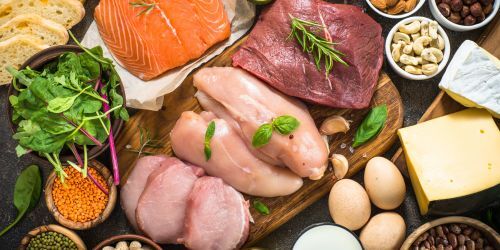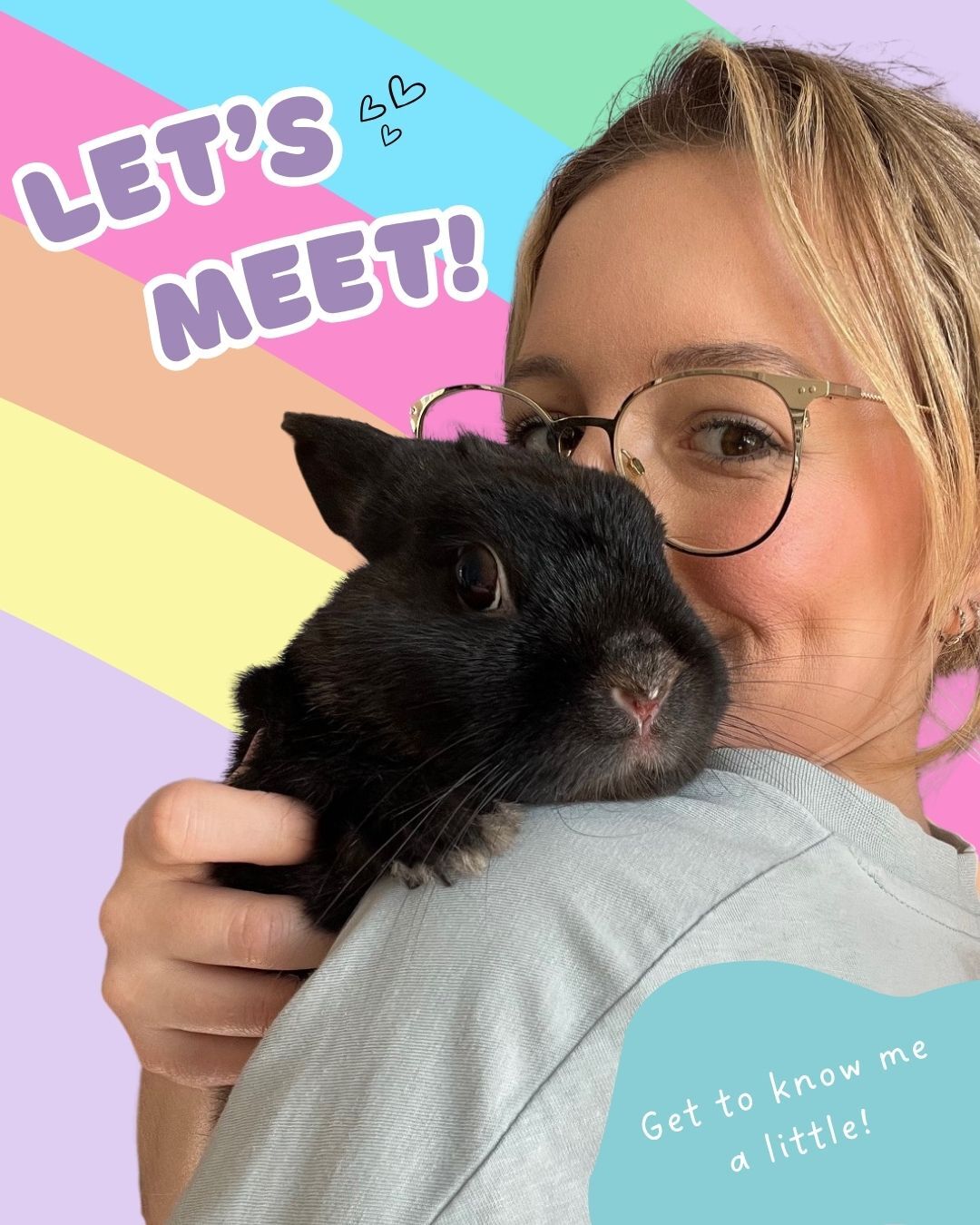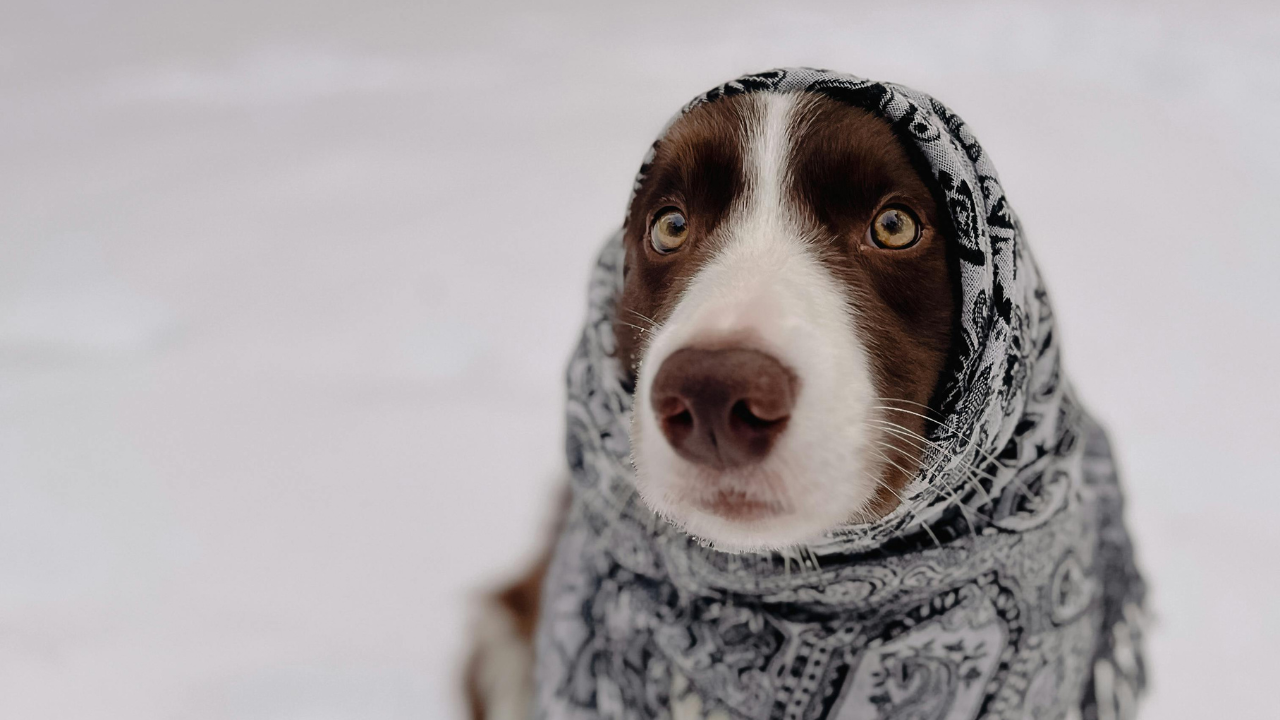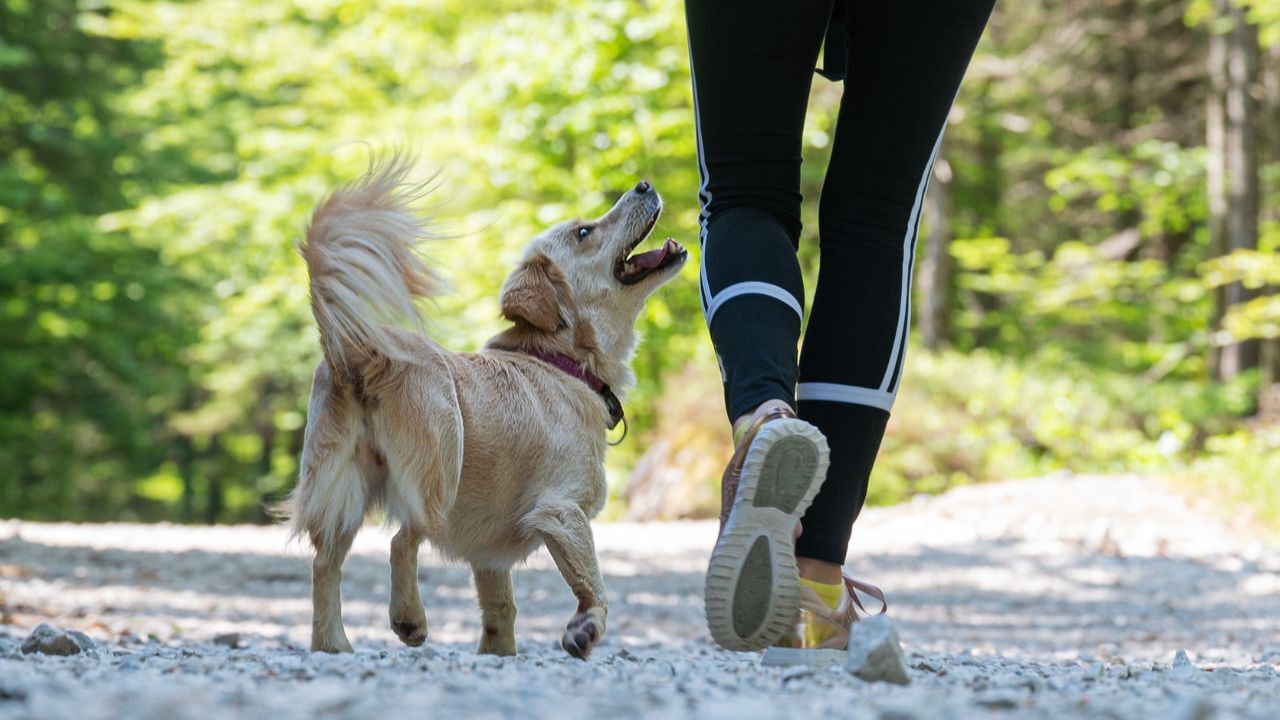Explore the pros and cons of raw feeding for dogs, and find out if it's the right choice for both you and your furry friend!
This post contains affiliate links, which means I may earn a small commission if you choose to buy through them - at no extra cost to you. I only recommend products/courses I genuinely trust and would use for my own pets.
If you’ve spent any time in the dog world lately - with your own, at the park, in a pet group, or lost down a TikTok rabbit hole - you’ve probably heard about raw feeding. Some say it’s the best thing they’ve ever done for their dog’s health. Others are convinced it’s risky, expensive, or downright gross. So what’s the truth? Is raw feeding right for your dog? And more importantly… is it right for you?
Let’s dig in.
What is Raw Feeding, Anyway?
Raw feeding typically means giving your dog a diet that mimics what their wild ancestors would have eaten - raw meat, bones, organs, and sometimes veg and fruit. This can come as homemade meals, pre-made raw patties from companies, or the ever-popular BARF (Biologically Appropriate Raw Food) diet.
It’s not just about tossing your dog a chicken drumstick and hoping for the best. It requires careful balancing of nutrients, hygiene practices, and an understanding of your dog’s specific, individual needs.
The Juicy Benefits 🥩
Supporters of raw feeding often talk about the transformation they’ve seen in their dogs. Shinier coats. Smaller poos. Fresher breath. More energy. Fewer allergies. And yes, some dogs do seem to thrive on a well-balanced raw diet.
Research backs some of this up. A 2019 Finnish study of over 16,000 dogs found that puppies fed non-processed (raw-style) diets were less likely to develop chronic gastrointestinal disorders as adults. Another small study found dogs on raw diets had healthier gut bacteria than those on processed kibble.
Then there’s the appeal of knowing exactly what’s going into your dog’s bowl. No mystery ingredients. No unpronounceable additives. Just food you could (in theory) eat yourself - though I won’t judge if you pass on that.
The Bone to Pick 🦴
But before you throw out your kibble and grab a cleaver, there are some important drawbacks to weigh up.
Raw feeding isn’t effortless. Balancing nutrient ratios, avoiding harmful bacteria, sourcing good-quality meat… it’s a learning curve. An unbalanced diet can lead to nutritional deficiencies or excesses. For instance, too much liver can cause vitamin A toxicity. Too little bone? Risk of calcium deficiency. The British Veterinary Association does not currently recommend raw feeding, largely because of concerns over preparation safety and nutrition mistakes. But, if you know how to prepare, handle, and store the food correctly, raw feeding could be agreat option for you.
There’s also the risk of bacterial contamination - for both dogs and humans. Studies show that raw pet food can carry pathogens like Salmonella, Listeria, and E. coli. While healthy adult dogs may handle low levels of these, immunocompromised dogs, children, or older adults in the home might be at higher risk. I recently saw a sign about this at my local vet!
Plus, it can get spendy. A medium dog on a pre-made raw diet can cost you upwards of £2–£4 per day, compared to 60p–£1 for a quality kibble. And freezer space? Say goodbye to your ice cream shelf...
Is It Right For You?
Here’s the truth: some dogs do brilliantly on raw, and some don’t. The same goes for owners. If you’re someone who enjoys meal prep and can commit to learning about canine nutrition (or hiring a nutritionist), raw feeding can be deeply rewarding. Especially if your dog has allergies, digestive sensitivities, or just turns their nose up at kibble.
But if the idea of defrosting duck necks and scrubbing down every surface afterwards gives you a stress rash? That’s okay too. A good-quality commercial kibble or wet food can still give your dog everything they need.
And yes - hybrid diets are a thing! Some owners (we do this for Buzz!) mix raw and cooked meals or top kibble with raw elements for variety. Just be mindful of digestive balance and keep your vet in the loop.
The Bottom Line
Raw feeding isn’t a miracle cure, and it isn’t a villain. It’s one of many feeding options, and like all things dog-related, the best choice is the one that works for both of you.
So go ahead. Sniff around. Talk to your vet, chat with raw-feeding friends, and maybe try a pre-made raw brand for a week to see how it goes. Whether you’re team kibble, team raw, or team “whatever my dog actually eats today,” the most important thing is that you’re showing up, asking questions, and doing your best.
Your dog already thinks you’re pawsome for it. 🐶






